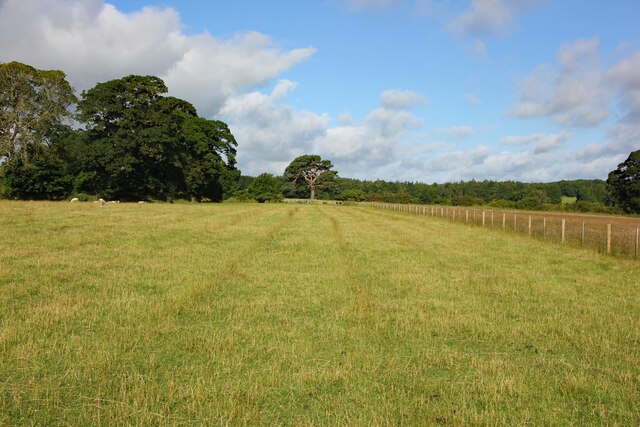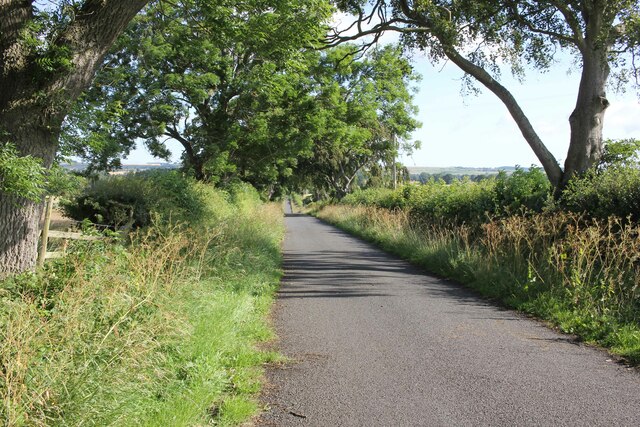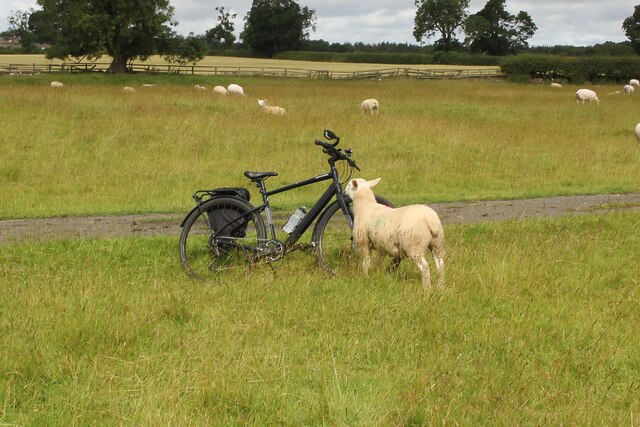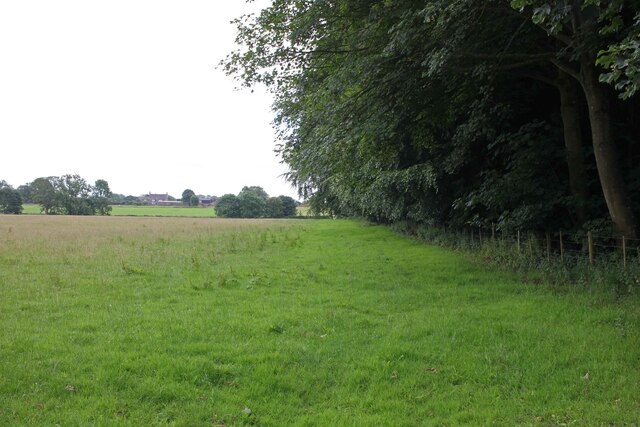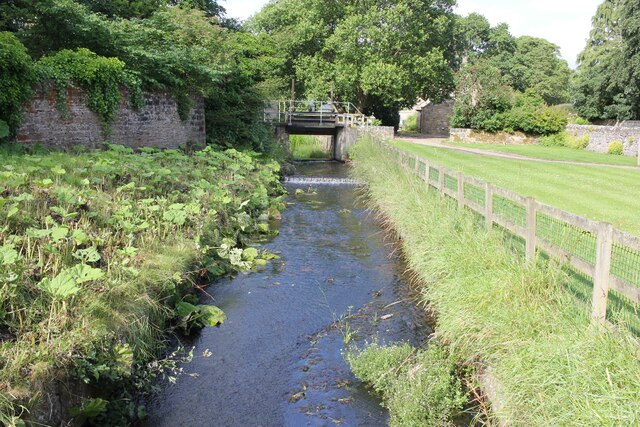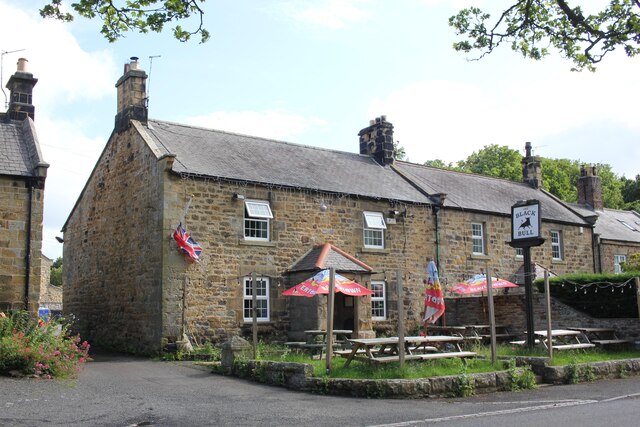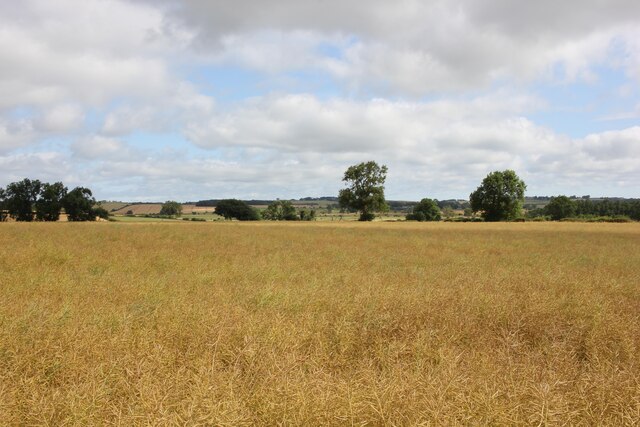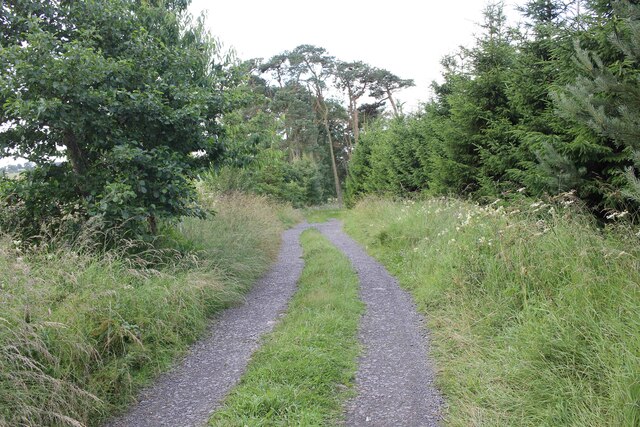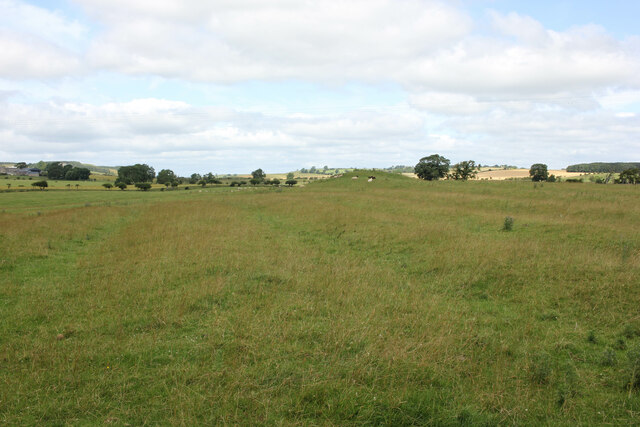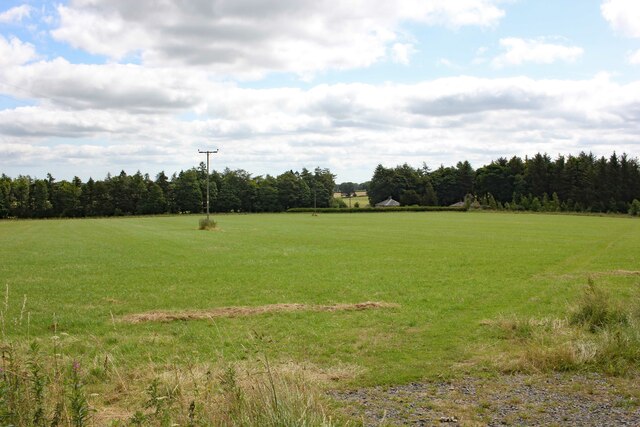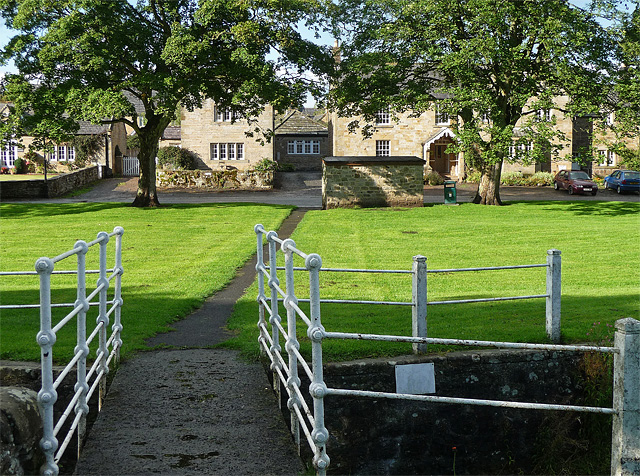Douglas Plantation
Wood, Forest in Northumberland
England
Douglas Plantation

Douglas Plantation is a charming woodland area located in Northumberland, England. Situated within the vast countryside, it is renowned for its breathtaking beauty and tranquil atmosphere. The plantation covers an expansive area of dense forest, with towering trees and a rich variety of flora and fauna.
The woodland is home to a diverse range of wildlife, including deer, rabbits, and a plethora of bird species. Nature enthusiasts often visit the plantation to witness the harmonious coexistence of these animals in their natural habitat. The peacefulness and seclusion of Douglas Plantation provide a perfect escape from the hustle and bustle of city life.
The woodland offers a myriad of activities for visitors to enjoy. Hiking trails meander through the plantation, allowing visitors to explore the enchanting scenery at their own pace. The trails are well-maintained, offering both novice and experienced hikers an opportunity to immerse themselves in the beauty of nature.
For those who prefer a more leisurely experience, Douglas Plantation provides picnic areas where families and friends can gather to enjoy a delightful outdoor meal surrounded by the serenity of the forest. The plantation also offers designated camping spots, allowing visitors to spend a night under the starry sky, embracing the true essence of the great outdoors.
Douglas Plantation is not only a haven for nature lovers but also a significant conservation area. Efforts are made to preserve the natural ecosystem, ensuring the long-term sustainability of the woodland. The plantation serves as a testament to the importance of protecting and appreciating the beauty of the natural world.
If you have any feedback on the listing, please let us know in the comments section below.
Douglas Plantation Images
Images are sourced within 2km of 55.035067/-1.9501848 or Grid Reference NZ0371. Thanks to Geograph Open Source API. All images are credited.
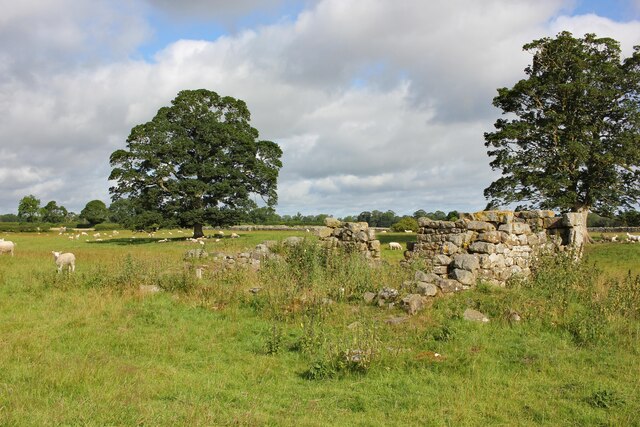
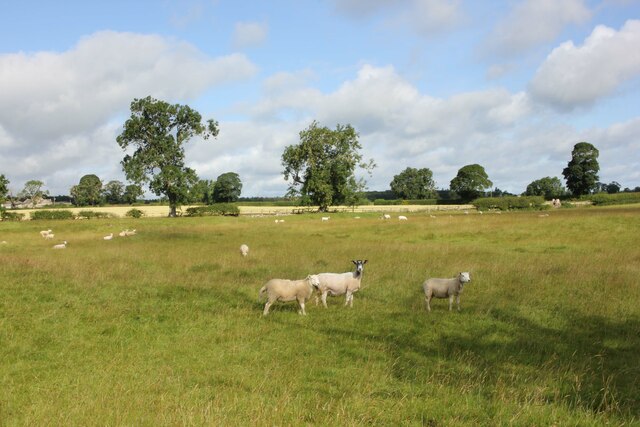
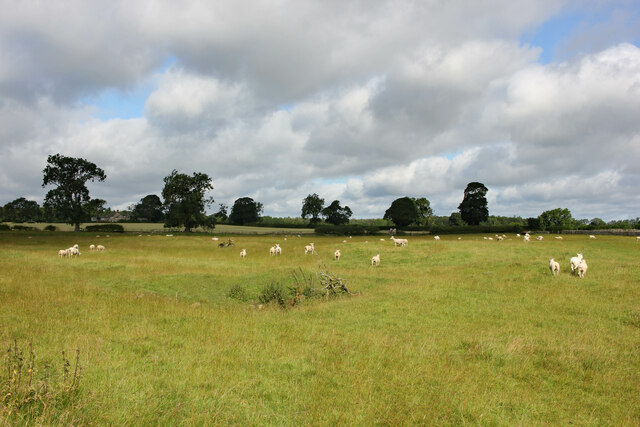
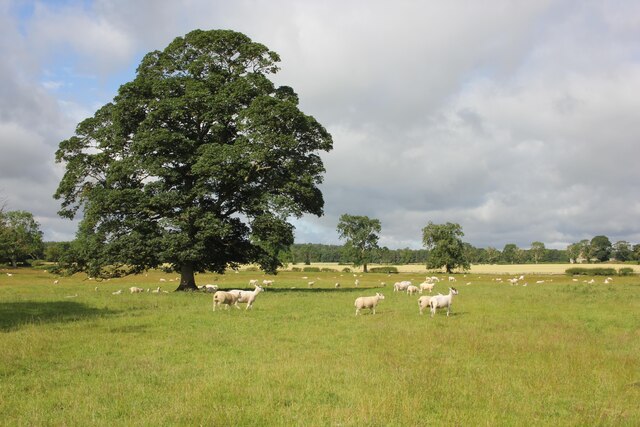
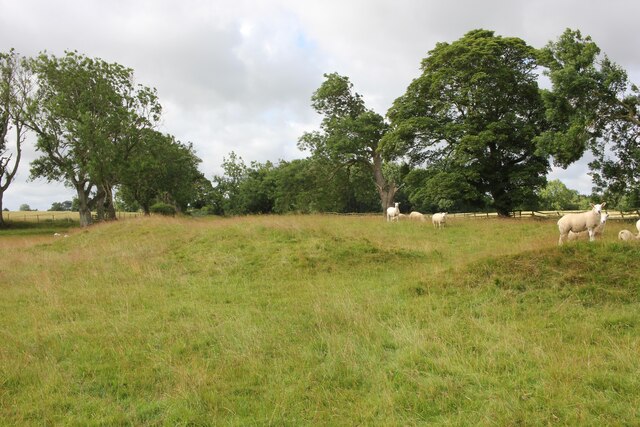
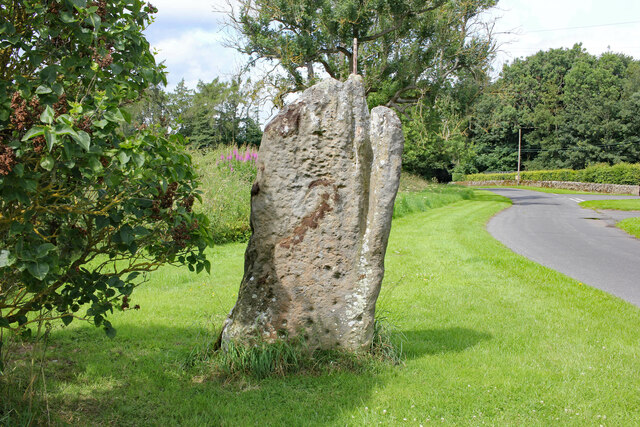
Douglas Plantation is located at Grid Ref: NZ0371 (Lat: 55.035067, Lng: -1.9501848)
Unitary Authority: Northumberland
Police Authority: Northumbria
What 3 Words
///opts.retraced.oppose. Near Corbridge, Northumberland
Nearby Locations
Related Wikis
Matfen Hall
Matfen Hall is a 19th-century country mansion in Matfen, Northumberland, England, the seat of the Blackett baronets and now also a hotel and country golf...
Matfen
Matfen is a village and a civil parish in Northumberland, England, near the town of Hexham and the city of Newcastle upon Tyne. It is an example of a 19th...
Milecastle 19
Milecastle 19 (Matfen Piers) was a milecastle of the Roman Hadrian's Wall. Sited just to the east of the hamlet of Matfen Piers, the milecastle is today...
Great Whittington
Great Whittington is a village and former civil parish, now in the parish of Whittington, in Northumberland, England, 7 miles NE of Hexham. In 1951 the...
Milecastle 20
Milecastle 20 (Halton Shields) was one of the milecastles on Hadrian's Wall (grid reference NZ01886868). It is situated in the hamlet of Halton Shields...
Fenwick Tower, Northumberland
Fenwick Tower was a 12th-century tower house at Fenwick, Matfen, Northumberland, England. The house was the home of the Fenwick family from the 12th century...
Milecastle 18
Milecastle 18 (East Wallhouses) was a milecastle of the Roman Hadrian's Wall. It is located to the west of the settlement of East Wallhouses in Northumberland...
Ryal, Northumberland
Ryal or Ryall is a village and former civil parish about 13 miles from Hexham, now in the parish of Matfen, in the county of Northumberland, England. In...
Nearby Amenities
Located within 500m of 55.035067,-1.9501848Have you been to Douglas Plantation?
Leave your review of Douglas Plantation below (or comments, questions and feedback).
